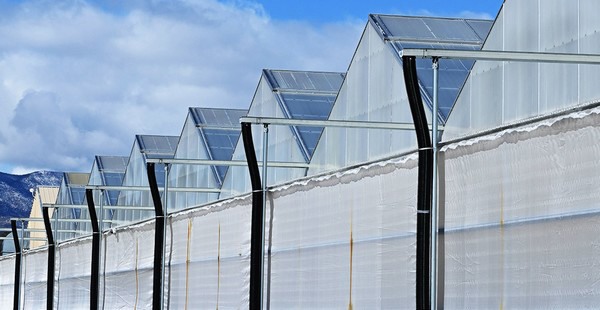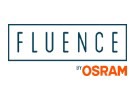The point of growing crops in a controlled environment is to establish predictability and stability. It can be difficult to achieve full control over every facet of a greenhouse, but growers can solve the critical issue of natural light fluctuations with LEDs. Daily Light Integral (DLI) measures the amount of photosynthetically active radiation (PAR) per square meter per photoperiod and is one of the most important factors for growers. It is known that PPFD has a strong correlation with plant growth, so it is necessary to use a system that offers sufficient lighting to supplement local DLI and maintain maximum efficiency..
Retrofitting a greenhouse with LED lighting improves DLI management capabilities by lowering by-product heat associated with HPS systems and by stabilizing PPFD levels.

Designing for DLI
Most cultivators are aware of their DLI year-round, but supplemental lighting can still be impacted by outside factors: such as latitude: Facilities near the Arctic Circle experience radical DLI seasonality that equatorial locations do not; climate: Seasonal weather patterns influence DLI independent of day length, as do altitude and coastal proximity, and greenhouse features: Coverings limit 60 to 65 percent of the natural light transmission, depending on anti-reflective coatings and haze treatments. Infrastructure, like trusses, racks and fixtures also obstruct natural light.
Fortunately, you don’t have to use trial and error to calculate DLI changes. Climatologists now offer DLI maps for growing regions on a global scale. Outside DLI can top 65 mols in some areas. Meanwhile, the United Kingdom can experience an average DLI as low as 15 mols. By applying these maps in the system design process, lighting engineers can more precisely equalize month-to-month DLI and, therefore, better regulate production.
Fluence takes it one step further by using modeling software that predicts light conditions using historic weather patterns, which enables us to predict anomalies and variations that could impact crop conditions.
As one Fluence expert states, “Natural sunlight may still be suboptimal during the warmer seasons. But with low-heat LEDs from Fluence, cultivators can run their lighting systems into the late spring for production gains that weren’t possible with HPS.”
Finding the right lighting system involves more than just accounting for DLI. It considers crop requirements, production goals, operational factors and costs, and much more. This is why we recommend working with experts to guarantee that all facets of your lighting strategy are working towards your growing goals.
Meet Fluence on the GreenTech Live & Online at booth 1.307
Free registration for GreenTech Live & Online
If you want to visit Greentech, you can register here free of charge.

 Fluence
Fluence